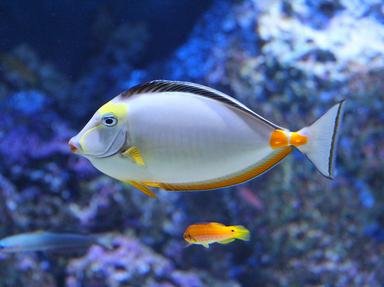Quiz Answer Key and Fun Facts
1. Which of these sea creatures is a fish?
2. Which of these sea creatures is NOT a fish?
3. Sneaking into this quiz like a unwanted guest in a vending machine, what is a blue glaucus?
4. What primitive jawless fish attach themselves to other fish and suck their blood?
5. You probably know fish swim in schools, and that a social unit of whales is a pod, but what is a group of sea turtles called?
6. Traditionally, what does the term "caviar" refer to?
7. Three of these are real fish, so which of these can you NOT find in your fishy toolbox?
8. What is the function of the "whiskers" on a catfish, and what are they made of?
9. Three of these prized gamefish lead with what amounts to an elongated spear on the front of their heads. Who is the odd one out, the normal nosed natator(swimmer) and leaper?
10. What fish, thought to be extinct, was "rediscovered" in 1938 and is often referred to as a "living fossil"?
Source: Author
Nealzineatser
This quiz was reviewed by FunTrivia editor
rossian before going online.
Any errors found in FunTrivia content are routinely corrected through our feedback system.

